Winter can make outdoor activities seem daunting, but staying active is still possible. The key is dressing in layers and choosing the right gear. Embrace the season by exploring winter-specific activities like snowshoeing or ice skating. With a little planning, you can enjoy the fresh air and stay warm. These tips will help you make the most of winter without freezing.
Layer Your Clothing Properly

Dressing in layers is essential for winter outdoor activities. Start with a moisture-wicking base layer to keep sweat away from your skin. Add an insulating layer, like fleece or down, to trap body heat. For the outer layer, choose a waterproof and windproof jacket to block the cold and wet conditions. This combination allows you to adjust your clothing as needed, depending on how active you are or the weather.
Wear the Right Footwear
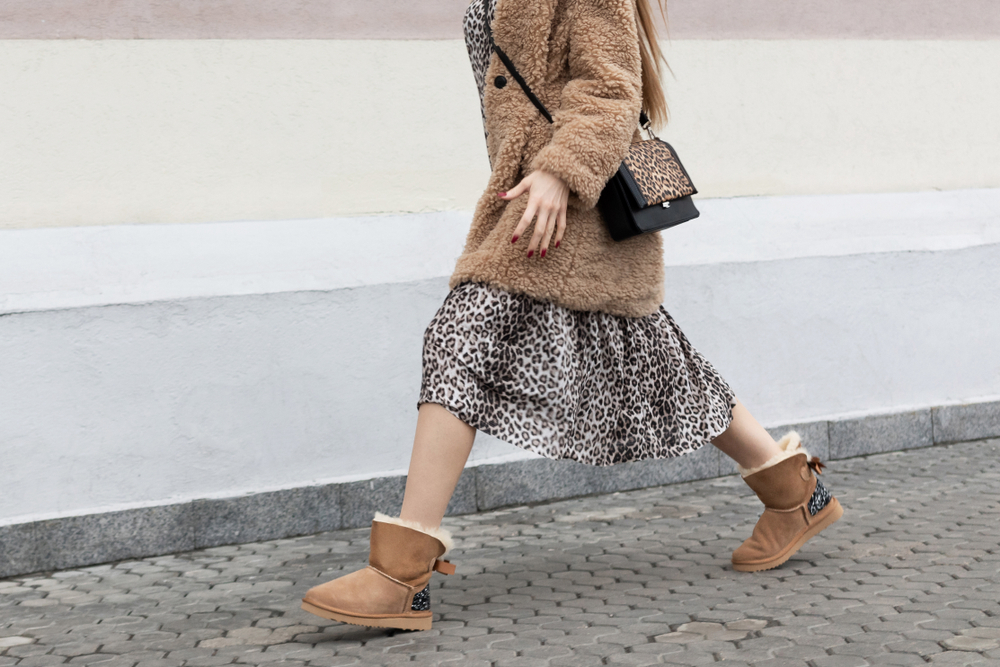
Your feet need extra protection in cold weather, especially when you’re walking, hiking, or running outside. Invest in insulated, waterproof boots to keep your feet warm and dry. Make sure the boots have non-slip soles for better traction on icy or snowy terrain. Wool or synthetic socks are a great choice because they retain warmth even when damp. Always keep your feet as dry as possible to avoid frostbite and discomfort.
Keep Your Extremities Covered
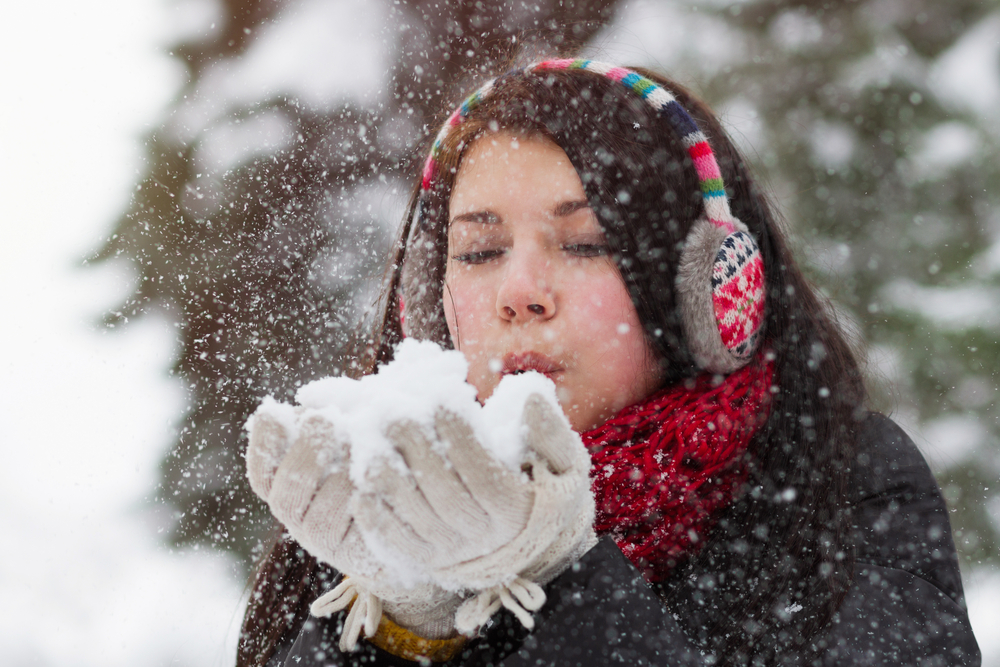
A lot of body heat is lost through your head, hands, and feet. A warm hat, gloves, and scarf are essential for keeping you comfortable and safe. Choose a hat that covers your ears and gloves that are both insulated and waterproof. Consider wearing a face mask or balaclava if it’s extremely cold or windy. Keeping your extremities well-covered will help you regulate your body temperature and prevent frostbite.
Warm Up Before Heading Outdoors
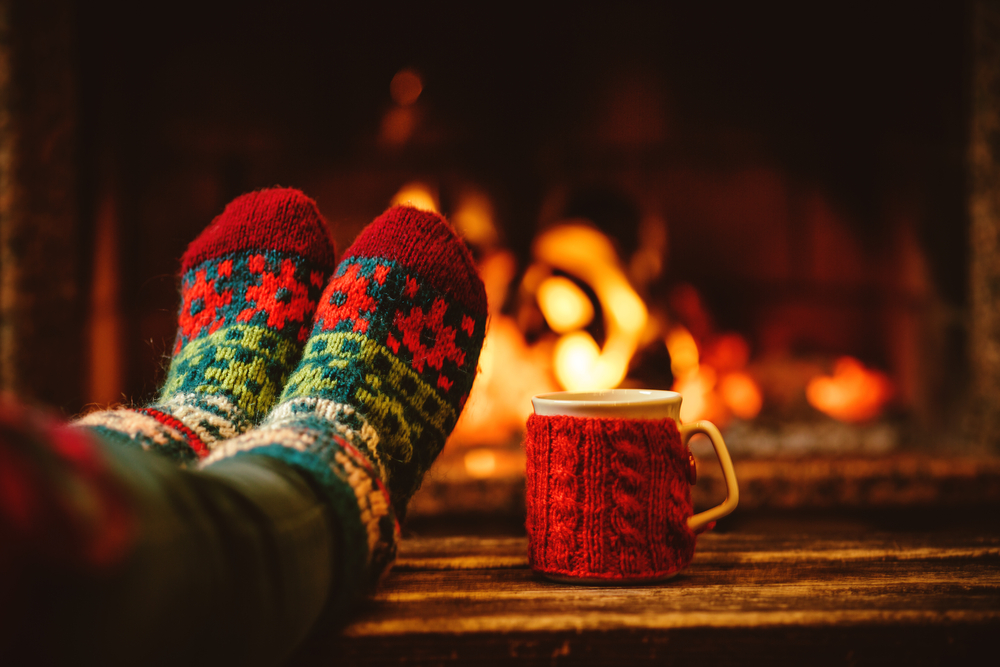
A proper warm-up is crucial for preparing your body for winter exercise. Cold muscles are more prone to injury, so take time to stretch and get your blood flowing before heading out. Focus on dynamic stretches like leg swings and arm circles to loosen up your joints. Light cardio, like jogging in place or jumping jacks, can also help raise your core temperature. A good warm-up will make it easier to stay active in the cold without feeling stiff or sluggish.
Stay Hydrated

It’s easy to forget about hydration in the winter, but your body still loses moisture in the cold. Dehydration can lead to fatigue and impair your performance, so make sure to drink plenty of water before, during, and after your outdoor activities. If it’s freezing, carry water in an insulated bottle to prevent it from freezing. You can also hydrate with warm drinks like herbal tea, which will help you stay warm and refreshed. Keep an eye on your fluid intake, even when you’re not sweating as much in the cold.
Choose the Right Winter Activities
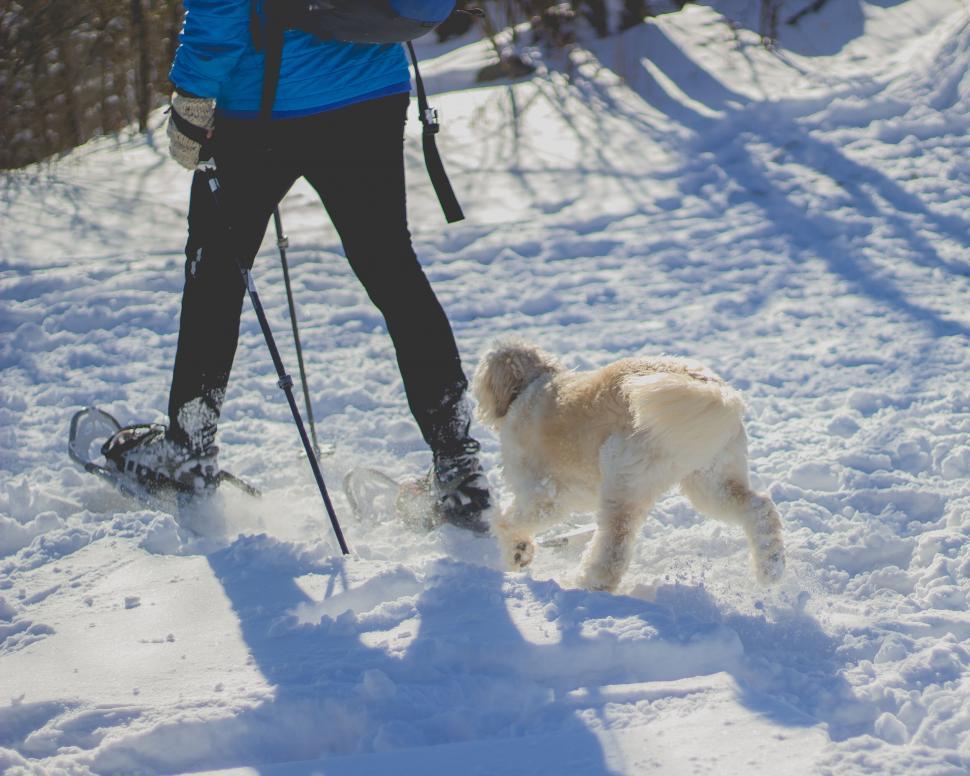
Certain winter activities are better for staying active without freezing. Try snowshoeing, which provides a full-body workout and allows you to explore snowy trails. Cross-country skiing is another excellent option that combines cardio with strength training. Ice skating can be a fun and challenging way to stay fit while enjoying the outdoors. These activities get your heart rate up and keep you moving, all while you embrace the winter environment.
Avoid Overdressing
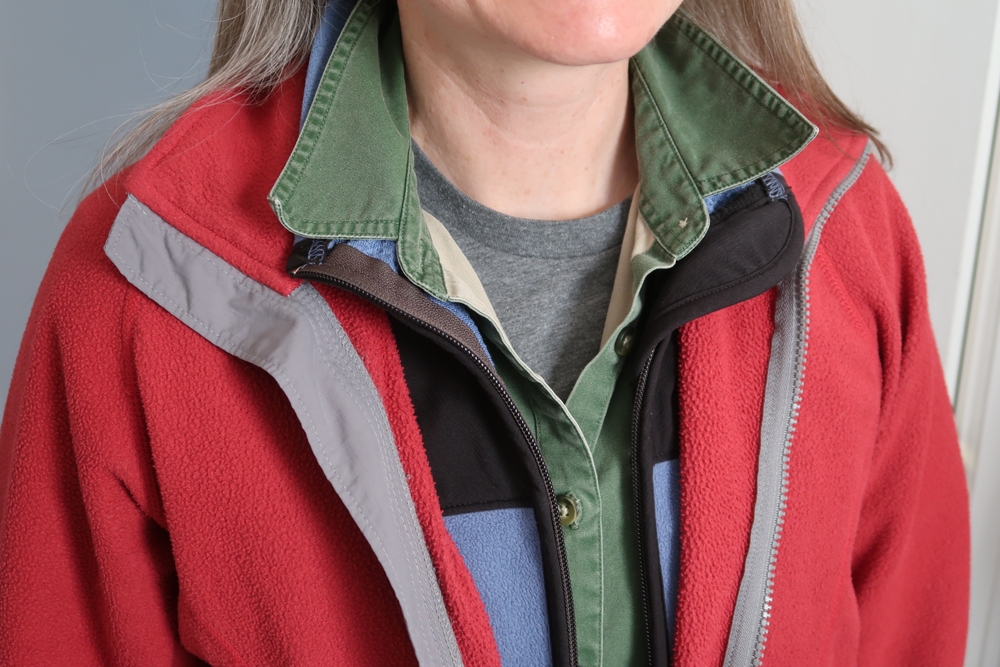
While layering is important, wearing too many clothes can lead to overheating and discomfort. Overdressing can cause you to sweat, which can make you cold once you stop moving. Pay attention to how your body feels while exercising. If you start to sweat, consider shedding a layer to regulate your body temperature. It’s important to find a balance between staying warm and not trapping too much heat.
Wear Thermal Underwear
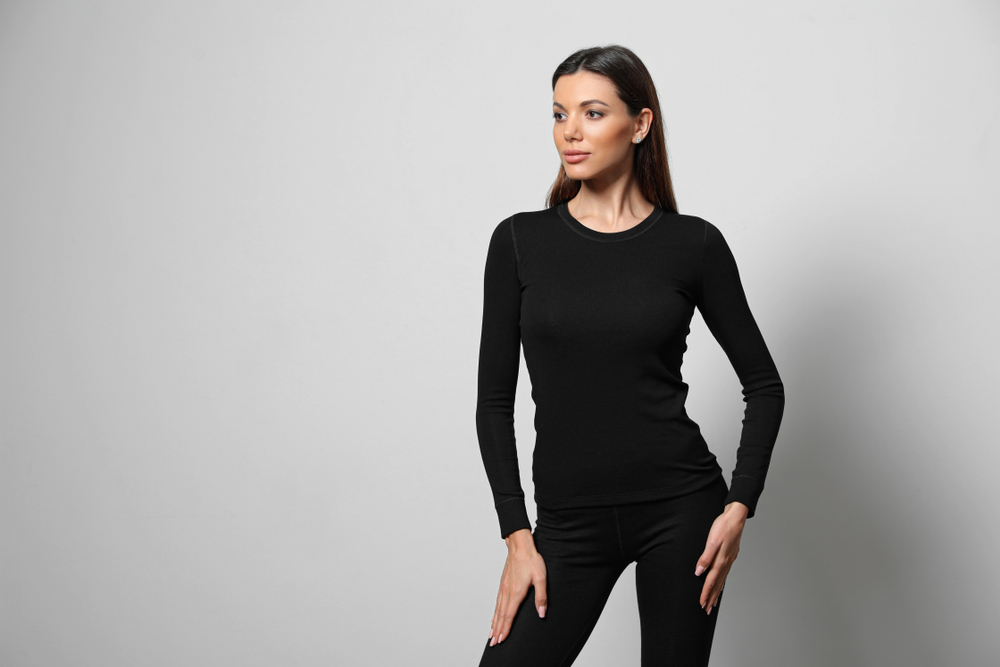
Thermal underwear is a game-changer for winter activities. These lightweight, moisture-wicking garments fit snugly under your clothing and provide an extra layer of warmth. They’re designed to keep your body heat in while allowing sweat to evaporate. Opt for merino wool or synthetic options, which are both breathable and insulating. By wearing thermal underwear, you can stay comfortable for longer periods outdoors, even in freezing temperatures.
Plan Your Outdoor Time Wisely

To avoid getting too cold, plan your outdoor activities around the weather and daylight. Early afternoon is often the warmest time of day, so try to schedule your outdoor exercise during those hours. Keep an eye on the weather forecast and avoid going out when conditions are extreme, such as during a snowstorm or a cold snap. Starting your activity after a cold morning will give the temperature a chance to rise, making it more pleasant to stay active.
Use Hand and Foot Warmers

Hand and foot warmers are a simple yet effective solution for staying warm. These small, portable packets generate heat when activated, providing extra warmth to your hands, feet, or other cold spots. Slip them into your gloves, boots, or pockets to keep your extremities toasty. They’re especially useful for longer outings or when you’re standing still, like when waiting for a ski lift. Just be careful not to overheat or burn yourself by placing them directly on skin.
Practice Mindful Breathing

Breathing deeply and steadily can help you maintain energy and warmth while exercising outdoors in the cold. When it’s cold, your breath can freeze in your lungs, making it harder to breathe and stay warm. By focusing on controlled, deep breaths, you can keep your airways open and your body temperature regulated. Exhale through your nose to warm up the air before it enters your lungs. Mindful breathing helps you stay calm, focused, and energized during cold-weather activities.
Stay Active and Keep Moving
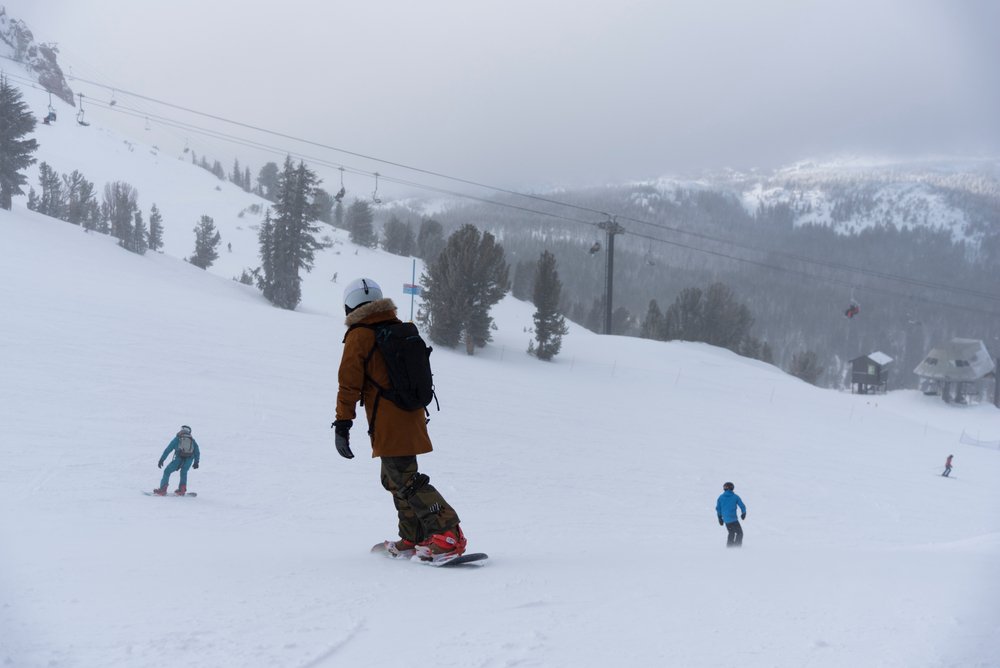
The best way to stay warm is by staying active. When you move, your body generates heat, which helps you feel warmer and more comfortable. Avoid standing still for long periods, as this can cause you to lose heat quickly. Whether you’re skiing, hiking, or jogging, continuous movement will keep your blood flowing and your muscles warm. If you’re feeling cold, try to pick up the pace a little to get your circulation going again.
Eat High-Energy Foods

Eating the right foods can help you maintain energy and warmth while you’re outdoors. Focus on high-energy, nutrient-dense snacks like nuts, energy bars, or dried fruit. These foods provide quick fuel and help your body generate heat. Warm meals, like soup or oatmeal, can also be a great way to refuel during or after your outdoor activities. Having a snack handy will keep your energy levels up and prevent you from feeling sluggish in the cold.
Take Breaks in Warm Spots
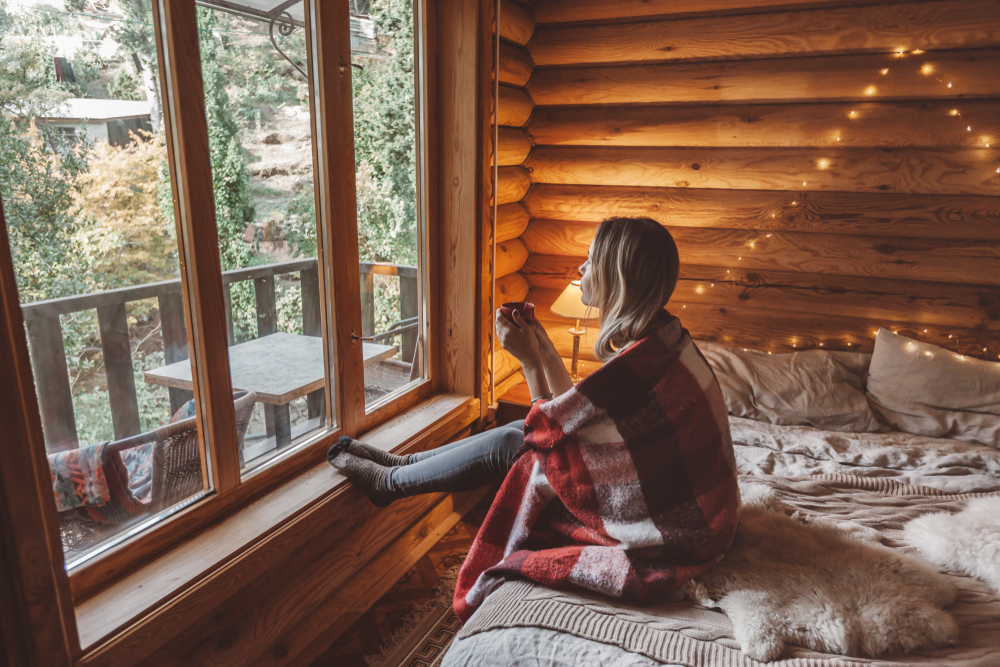
Taking short breaks in sheltered or warmer spots can help prevent frostbite and hypothermia. After 30-45 minutes of outdoor activity, find a warm space to rest for a few minutes. A heated shelter, a car, or a cozy cabin are perfect for quick breaks. During this time, you can refuel with snacks, hydrate, and adjust your clothing layers. Breaks also give your body a chance to cool down and recover before you head back out.
Protect Your Skin from Wind and Sun

Winter sun and wind can still damage your skin, so it’s important to protect it. Apply a broad-spectrum sunscreen to exposed skin, even on cloudy days, as UV rays can still reach you. Use a moisturizing lip balm to prevent chapped lips, and consider applying a thicker moisturizer to your face to protect from windburn. A scarf or face mask can also shield your skin from the harsh elements. These simple precautions will keep your skin healthy and comfortable during winter outings.
Wear Sunglasses or Goggles

Snow and ice can reflect sunlight, making winter days feel brighter than they actually are. Sunglasses or goggles with UV protection can shield your eyes from glare and help you see clearly. This is especially important if you’re skiing, snowboarding, or doing activities in areas with lots of reflective snow. Make sure your eyewear is fog-resistant to avoid losing visibility while exercising. Protecting your eyes will help you stay comfortable and safe in winter conditions.
Keep Your Core Warm
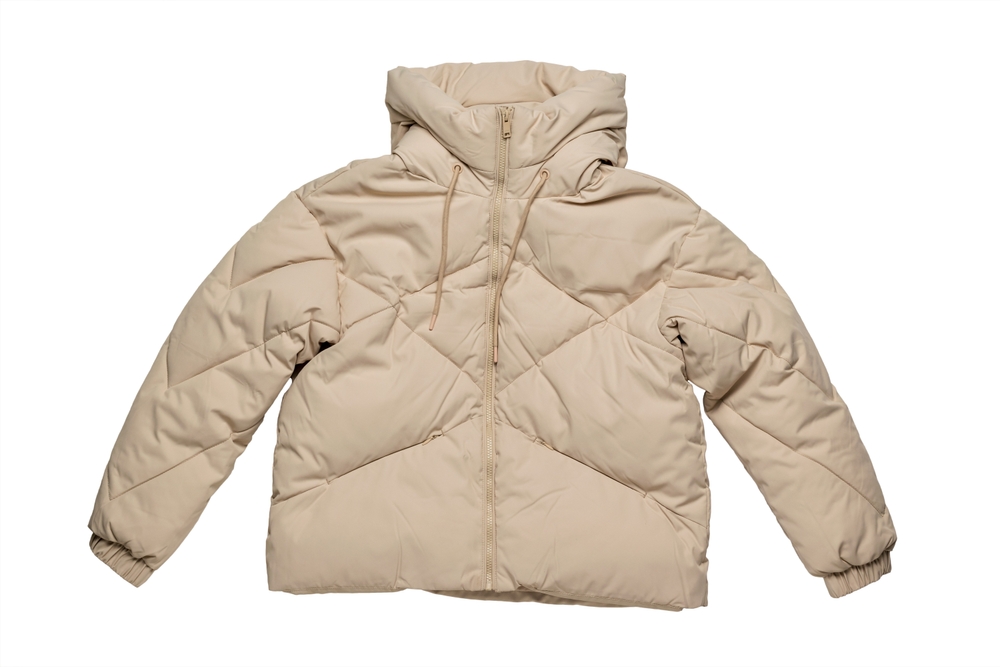
Your core is where your vital organs are located, so it’s essential to keep it warm. Wear an insulated jacket or vest that provides heat retention without being too bulky. Your torso generates a lot of heat, so it’s important to trap that warmth without restricting movement. Choose breathable, moisture-wicking materials for your base layers to avoid sweating. A well-insulated core will keep your entire body warm and help you stay comfortable in cold temperatures.
Know the Signs of Hypothermia
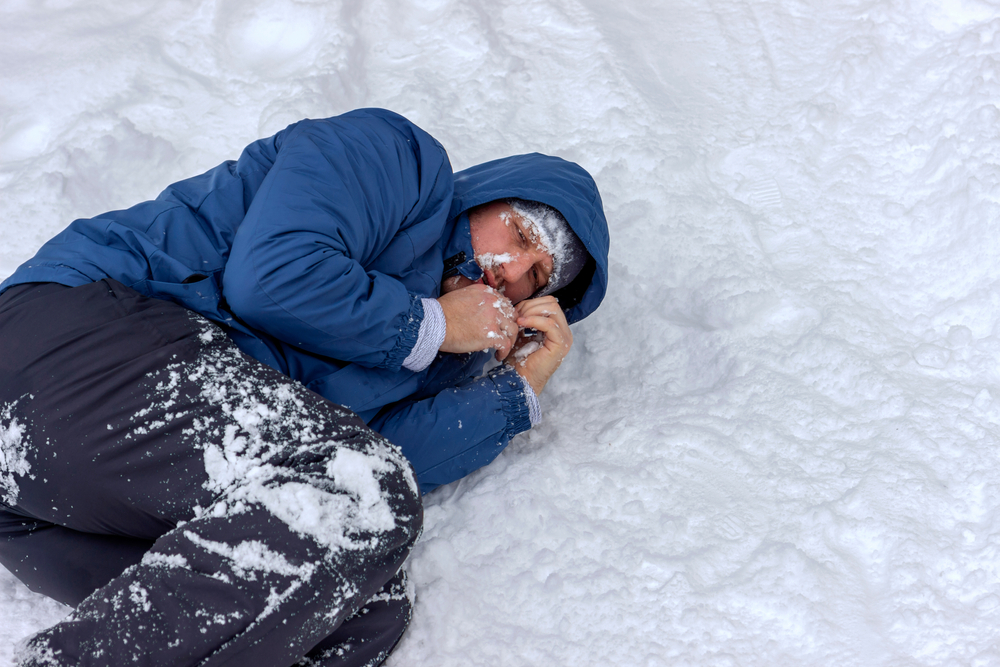
It’s crucial to be aware of the symptoms of hypothermia and take action if you experience them. Early signs include shivering, confusion, slurred speech, and loss of coordination. If you notice any of these symptoms, seek shelter immediately, remove wet clothes, and warm up your body gradually. Always carry a first-aid kit with emergency supplies, including thermal blankets, and know how to treat frostbite and hypothermia. Staying informed and prepared can prevent serious health risks in winter conditions.
This article originally appeared on UnifyCosmos.
More from UnifyCosmos
20 Unforgettable Stand-Up Comedy Specials from the 70s and 80s

Stand-up comedy in the 70s and 80s brought groundbreaking performances that shaped the genre for decades to come. These specials captured the humor, cultural shifts, and bold personalities of the time, leaving a lasting impact on comedy fans. Read More
20 Quick Home Makeover Ideas to Refresh Any Room

A quick home makeover can breathe new life into any room without requiring a major renovation. With a few creative touches, you can transform your space into something fresh and inviting. Read More
23 Ways to Curate a Balanced and Healthy Meal Plan for the Week

Planning meals for the week can feel overwhelming, but with a little guidance, it becomes a great way to stay on track with your health goals. Curating a balanced meal plan ensures you’re getting all the nutrients you need without the guesswork. Read More
Leave a Reply